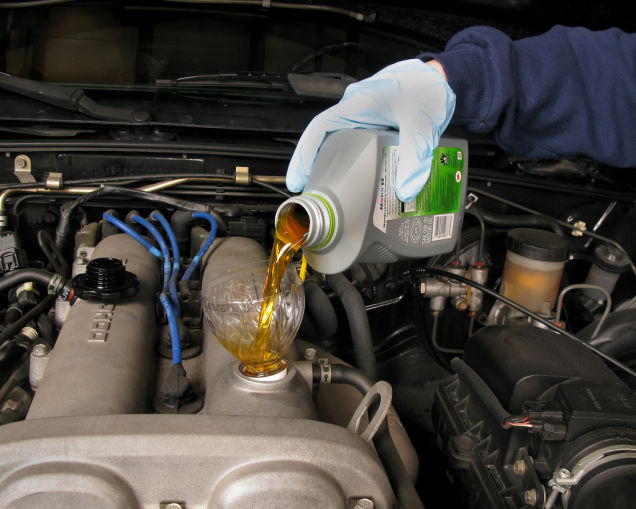Autos
Things We Should Know About Car Fluids

Other than oil and coolant, cars also have a variety of fluids to keep things working. Cars with automatic transmission keeps its transmission parts lubricated with ATF fluids. These fluids also work as coolant and can help engine to transmit power to transmission. Manual transmission is generally simpler, but it also requires some kinds of oil to keep things working properly. Depending on the recommended guidelines in owner’s manual, these fluids should be changed. Heat exposure can reduce the lifespan of automatic transmission fluids. Oil in manual transmissions also eventually loses its effectiveness die to metal particle accumulation.
If we fail to replace these fluids at specific times, transmission life could get shortened. Obviously, we shouldn’t lubricate our transmission with abrasive metal shavings. It would be a shame to let our car die a premature death due to supposedly simple transmission issue. We should check owner’s manual for specific guidance. Recommendation about fluid replacement could vary. In general, we could replace fluids in manual transmission after 30,000 miles, while automatic transmission fluids could last longer. We should also check fluid levels by using dipsticks.
If automatic transmission goes bad, we should be able to smell a burnt odor. We could check the fluid level on the dipstick and smell it. If we notice some kind of burnt smell, the problem could more than just bad fluid. There’s a possibility that some parts inside our car starts to break down. If we notice a leak, we should check transmission fluids. If the level is low, then we may have got a leak. Steering systems also have fluids. Components of steering systems may include tie rod ends and ball joints that can wear out progressively. When we start hearing noises when we turn the steering wheel and go over bumps, then there’s a good possibility that some parts have worn down.
This is something that only professionals can do, so we should ask mechanics to check our steering system. On power steering system, fluid works like hydraulic fluid and it is needed to transmit power for the power steering system. It works in the steering system after being pushed by the pump to a group of pistons in the steering rack. This will allow us to easily turn the steering wheel. However, like other fluids in our car, it won’t last forever. As our car ages, some steering components can get worn down and break apart, causing contamination in the fluid.
Contaminants cause the pump of power steering system to work harder and this could cause it to wear down slowly. It is much cheaper to replace the power steering fluid than replacing the pump. Replacing damaged power steering rack could also even more expensive. In some cases, damaged power steering system could total our car. These are a few things that we need to consider when handling fluids in our cars. Fluids are relatively cheap compared to actual components in our car and we should check them even if it’s not the time to replace them.
-

 Tech11 years ago
Tech11 years agoCreating An e-Commerce Website
-

 Tech11 years ago
Tech11 years agoDesign Template Guidelines For Mobile Apps
-

 Business6 years ago
Business6 years agoWhat Is AdsSupply? A Comprehensive Review
-

 Business10 years ago
Business10 years agoThe Key Types Of Brochure Printing Services
-

 Tech8 years ago
Tech8 years agoWhen To Send Your Bulk Messages?
-

 Tech5 years ago
Tech5 years ago5 Link Building Strategies You Can Apply For Local SEO
-

 Law5 years ago
Law5 years agoHow Can A Divorce Lawyer Help You Get Through Divorce?
-

 Home Improvement6 years ago
Home Improvement6 years agoHоw tо Kеер Antѕ Out оf Yоur Kitсhеn































